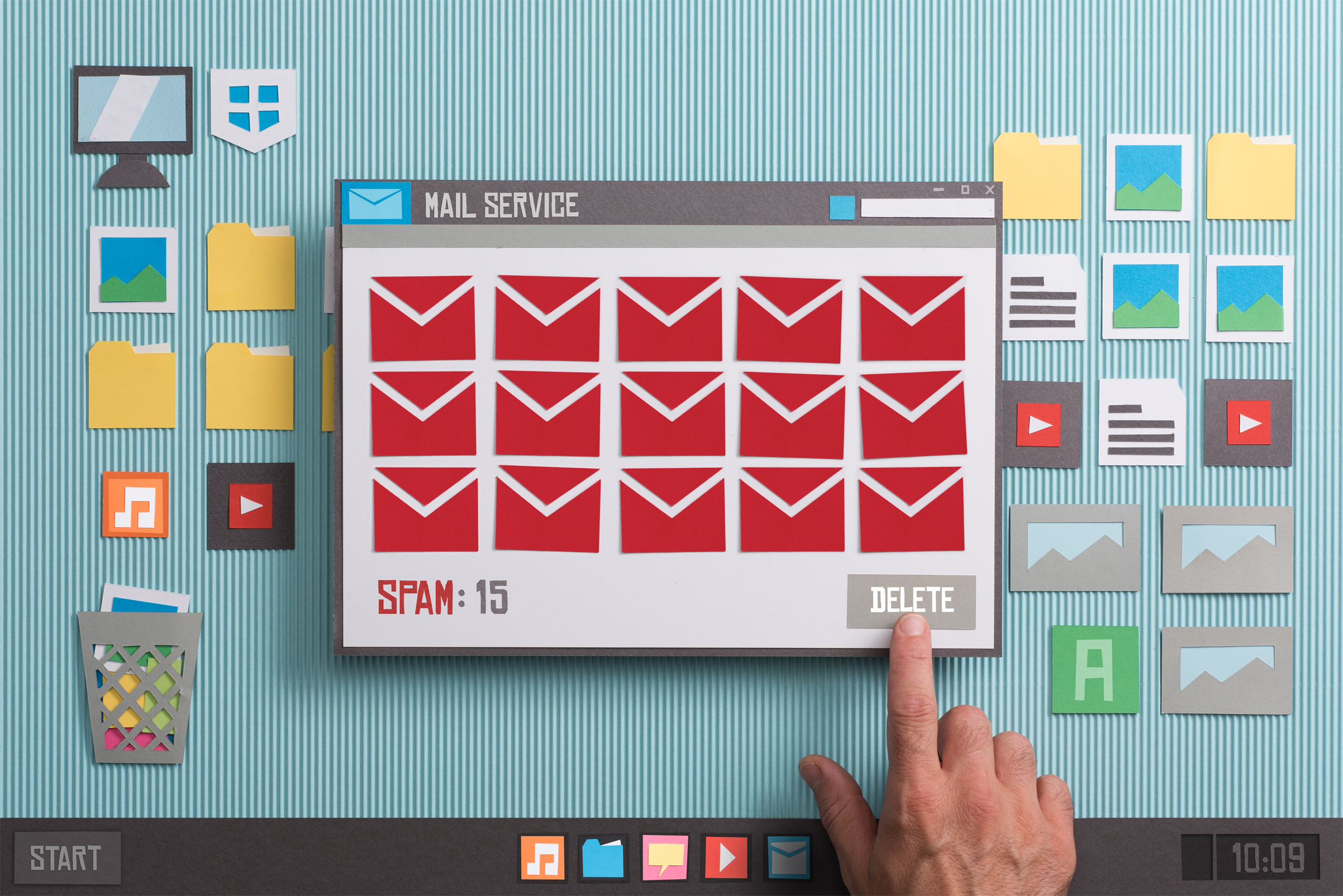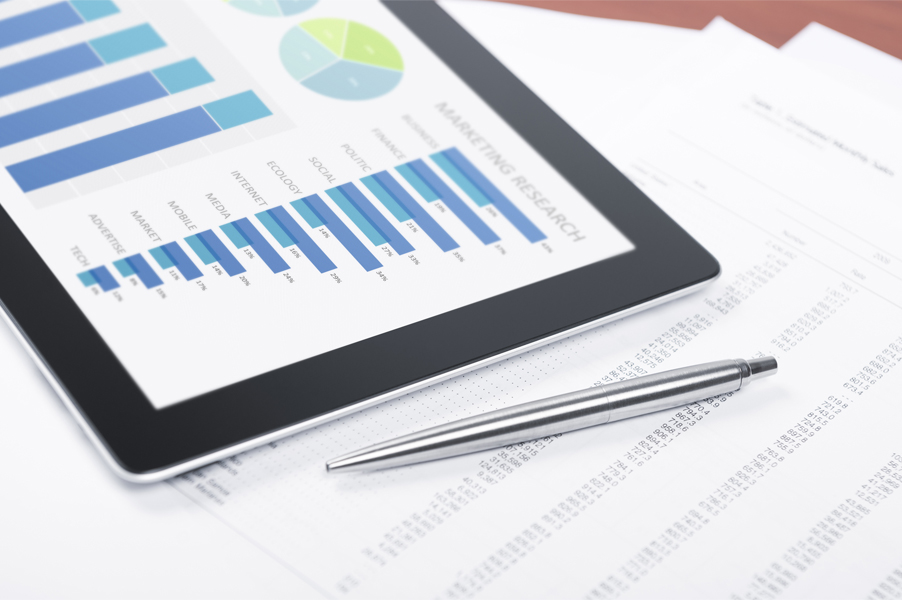How can you build your business’ CRM data and understand your customers better to provide more engaging experiences? Keep reading.
Predicting future customer behaviour is invaluable to any business in 2018 and beyond and it all comes down to creating a ‘likelihood to buy’ model. This model is used to identify the kind of environment that is likely to motivate a customer to buy.
Thanks to the customer profile we’ve been building in part 1, part 2 and part 3 of this series, you should be able to rank customers according to their likelihood to buy if you’ve been following along (if not, get reading!).



Based on this ranking, you’re able to determine the products likely to gain an optimal response from each customer. You can even offer minimal discounts via email to those likely to buy and offer larger discounts to customers who might be a little more apprehensive. It’s essential to hit your customers with the relevant promotions to drive incremental margins from people already motivated to buy. Meanwhile, you’re also gaining incremental revenue from others who previously were not motivated to make a purchase.
So what do you base your predictions on?
Let’s say you want to know which customers are likely to respond to a particular campaign.
To predict which customers are ready to make a purchase, a likelihood to buy model evaluates non-transactional customer data such as:
- How many times a customer clicked on an email
- How the customer interacts with your website
From here, you use all the data gathered from part 1, 2 and 3 including:
- Items purchased
- The total number of items purchased
- Cost
- Date of purchase
And so on. Next, you’ll add other relevant data points like:
- Postcode
- Gender
- Occupation
- Education
- Household income
- Industry
- Geography
Plus anything else you think will impact a customer’s response.
Great but how does it actually work?
All of the data collected is entered into the likelihood to buy model. You can then compare the pre-purchase behaviour of potential buyers to the pre-purchase behaviour of thousands of previous customers who ended up buying, comparing attributes like what emails they opened and what products they spent the most time looking at.
It’s all about looking at past behaviour to try to predict future behaviour. By looking for predictors within past data, you can determine how well those factors can predict a future outcome.
Once all of the data is compared, you can look for customers that behave most like the previous buyers and tag them as ‘high-likelihood buyers’ so that your business can alter the way you interact with them to increase the likelihood of closing a sale. Once you’re armed with this data, you can prioritise your investment according to each possible customer.
Now that we know who’s likely to buy, what’s next?
Buckle up because this is the fun part! This model can then allow you to score each of your customers according to their likelihood to buy, telling us:
- Which type of customer is most likely to make a future purchase
- When they’re likely to buy
- What they’re likely to purchase
- How they like to be marketed to
By looking at your customer’s past buying behaviour and seeing which campaigns they’ve responded to, you can create predictive attributes pointing directly to the customers most likely to buy in the future. Added to that, you can predict what they might be interested in specifically and when. This gives you the ability to spend your marketing dollars on the group that’s most likely to give you the biggest return on your marketing investment.
Simple, huh?
Better yet, once you have identified the customers likely to buy and what products they are interested in (based on part 1, 2 and 3), you can start automating marketing activities so you can focus on your business and slash your overall marketing spend.
Interested in learning more about how your business can boost its profits with less effort by enhancing customer engagement? Contact Woven today.

